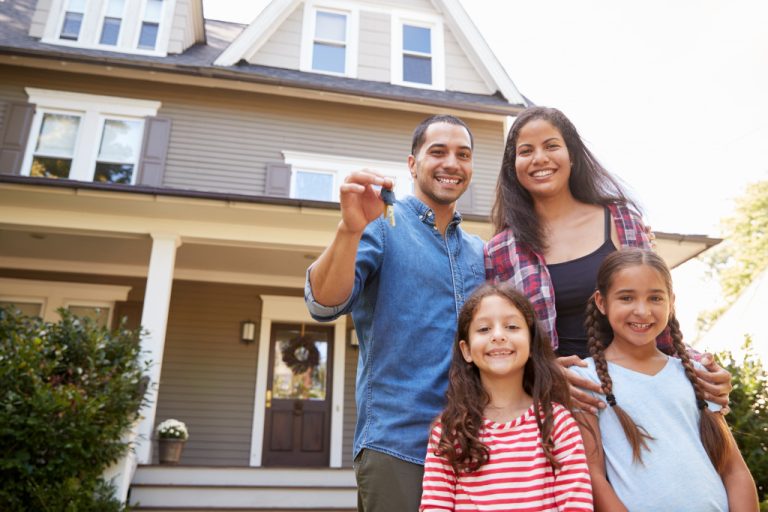When starting a family, you want to provide them with the best possible home. But what makes a house “the best”? It depends on your specific needs and budget, as well as the climate and terrain of your area. Different families have different priorities, so there’s no single answer to this question. However, you can follow some general tips to ensure your house is comfortable, energy-efficient, and secure.
There are many factors to consider when building a home. Still, if you keep these key points in mind, you’ll be on your way to creating a safe, comfortable, and energy-efficient space for your family.
Take your family’s needs into account
Building the perfect home for your family involves finding the right location and choosing the right floor plan. It’s also important to take your family’s specific needs into account. For example, if you have young children, you’ll want to ensure that the house is safe and kid-friendly.
Suppose you have elderly parents or grandparents living with you. In that case, you’ll need to ensure that the house is accessible and comfortable. And if you have any pets, you’ll need to take their needs into consideration as well. By taking your family’s needs into account from the start, you can build a house that everyone will love.
Consider your budget
Before you start building your dream home, it’s important to consider your budget. Building a house is a big investment, and there are several costs that you’ll need to factor in. The cost of the land, for example, is something you’ll need to consider. You’ll also need to factor in the cost of materials, labor, and permits.
Once you have a realistic idea of your budget, you can start looking for a piece of property that fits your needs. Keep in mind that the size of the property will have an impact on the overall cost of the project. In addition, you’ll need to consider the property’s location and whether or not you’ll need to make any improvements to the land before you start building.

Think about the climate and terrain of your area
The best house for your family involves more than just finding the right plot of land and the perfect floor plan. It also means taking into account the climate and terrain of your area. After all, what works in a temperate climate with level terrain won’t necessarily work in a harsher environment.
Suppose you live in an area with extreme temperatures. In that case, you’ll need to ensure your home is properly insulated and can withstand high winds. Likewise, if you live in a mountainous region, you’ll need to take steps to prevent avalanches and landslides. By taking the time to understand the challenges posed by your local climate and terrain, you can ensure that your family has a safe and comfortable home for years to come.
Make sure the interior is designed well
When designing your home’s interior, think about how your family uses space. For example, if you have young children, you’ll want to ensure that there are no sharp edges or dangerous objects within their reach. You’ll also want to design the rooms’ layout to promote safety and comfort.
In addition to safety, you’ll also want to consider the color of the wall finishes and the type of flooring you’ll use. You might want to use decorative painted finishes or natural materials like stone or wood. Regarding flooring, you’ll need to consider both durability and comfort. Carpet is popular for bedrooms and living rooms, while hardwood floors are more common in high-traffic areas. These choices can greatly impact the overall look and feel of the space, so it’s important to choose wisely.
Make sure your house is designed for energy efficiency
To help keep your energy costs down, consider orienting your home to take advantage of natural sunlight. This can be done by placing windows on the south-facing side of the house and ensuring that they are adequately shaded.
Use materials that are good insulators, such as fiberglass or cellulose insulation, in your walls and attic. Also, consider installing solar panels to help offset your energy use. And fourth, make sure your heating and cooling systems are sized appropriately for your home. You can create a comfortable and energy-efficient home for your family by taking these steps.
Final Thoughts
Building a home is a big investment, but it’s one of the most important things you can do for your family. By following these tips, you can be sure you’re creating a space that meets all your needs and provides a safe, comfortable place for your family to grow.

